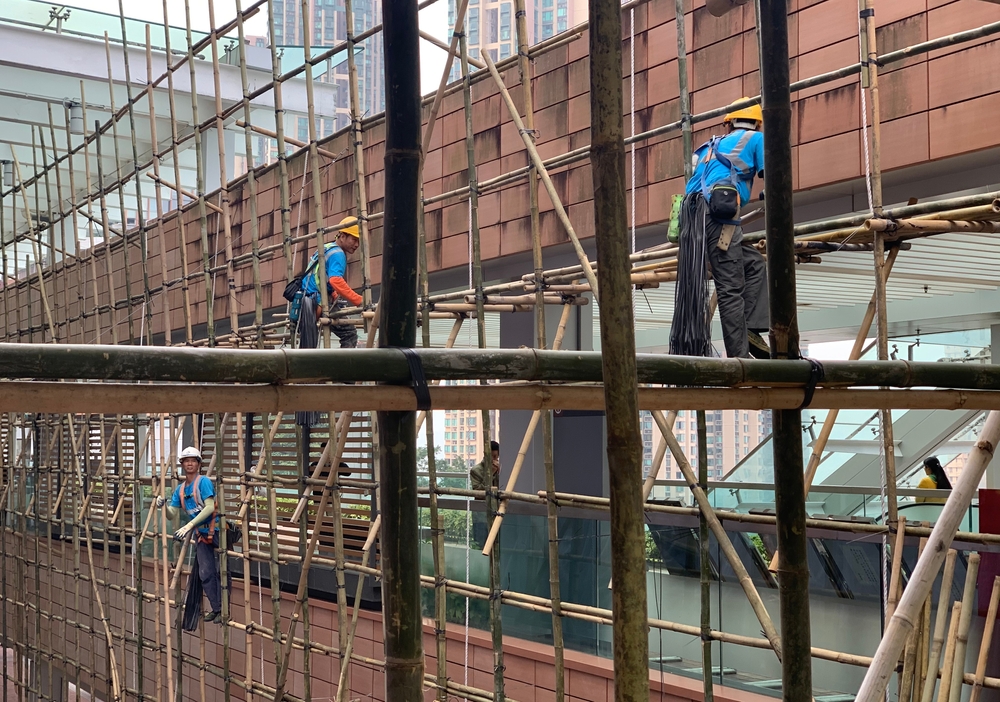
Hong Kong’s economy has always been a beacon of dynamism and opportunity, but these days, the city is grappling with a problem that threatens to slow its momentum: a severe labor shortage. From construction sites to hotel kitchens, businesses are struggling to find enough workers to keep up with demand. In response, the government has rolled out a new Imported Worker Scheme, a policy designed to fill the gaps and keep Hong Kong’s SMEs competitive. But what does this mean for employers, workers, and the city as a whole? Let’s take a closer look.
The Labor Shortage Crisis
Hong Kong’s workforce is shrinking, and the numbers don’t lie. With an aging population and fewer young people entering industries like construction, transportation, and hospitality, the city is facing a critical shortage of skilled labor. “We’ve been trying to hire locally for months, but the pool of available workers is just too small,” says Mr. Chan, a construction company owner in Kowloon. “Without this scheme, we’d have to turn down projects, and that’s bad for business and bad for Hong Kong.”
The government’s solution is the Imported Worker Scheme, which allows employers in specific industries to bring in skilled workers from outside Hong Kong. The goal is to address labor shortages while ensuring local workers aren’t displaced—a balancing act that has sparked both optimism and debate.
A Lifeline for SMEs
For small and medium-sized enterprises, the scheme could be a game-changer. Access to skilled talent is a major hurdle for many SMEs, which often lack the resources to compete with larger firms for local workers. By opening the door to imported workers, the scheme levels the playing field and gives smaller businesses a fighting chance.
Boosting productivity is another key benefit. With the right people in place, businesses can take on more projects, improve service quality, and expand their operations. For Ms. Lee, who runs a chain of boutique hotels, the scheme couldn’t have come at a better time. “We’ve been understaffed for years,” she says. “This could finally help us deliver the level of service our guests expect.”
How Employers Can Navigate the Scheme
So, how does the scheme work, and what do employers need to know? I spoke with Mr. Wong, an HR consultant with years of experience in labor policy, to get the details.
First, employers must prove the need for imported workers. This means demonstrating that they’ve made a genuine effort to hire locally, such as advertising the role in Hong Kong for a specified period. “The government wants to ensure that local workers aren’t being overlooked,” explains Wong.
Once the local recruitment effort is documented, employers can apply to the Labour Department for approval. The application requires detailed information about the job role, required skills, and why an imported worker is necessary.
There are limitations, of course. The scheme is tightly regulated to protect local workers, and imported workers can only be hired for specific industries and roles. “It’s not a free-for-all,” says Wong. “Employers need to follow the rules carefully.”
Nationality isn’t a barrier, but employers must ensure their hires meet the skill requirements. “It’s about finding the right fit, not just filling a seat,” Wong adds.
Protecting Employers: Safeguards Built into the Scheme
One of the biggest concerns for employers is liability. What happens if an imported worker gets injured or causes problems? The government has addressed this by building safeguards into the scheme.
Clear employment contracts are a must, outlining terms, conditions, and responsibilities for both parties. Insurance requirements ensure that imported workers are covered, reducing the financial risk for employers. And regular compliance checks by the Labour Department help ensure that everyone is playing by the rules.
“The scheme is designed to protect everyone involved,” says Mr. Lam, a legal advisor specializing in labor law. “Employers need to be diligent, but they’re not left hanging if something goes wrong.”
The Bigger Picture: A Win for Hong Kong?
The Imported Worker Scheme has its critics. Some worry about the impact on local wages and job opportunities, while others question whether it’s a long-term solution to Hong Kong’s labor woes. But for many employers, the scheme represents hope.
“Hong Kong’s economy depends on SMEs,” says Ms. Lee. “If this helps them survive and thrive, it’s good for everyone.”
For now, the scheme is a bold step toward addressing the city’s labor shortages. But as with any policy, the devil is in the details. Employers must tread carefully, ensuring they follow the rules while reaping the benefits.

